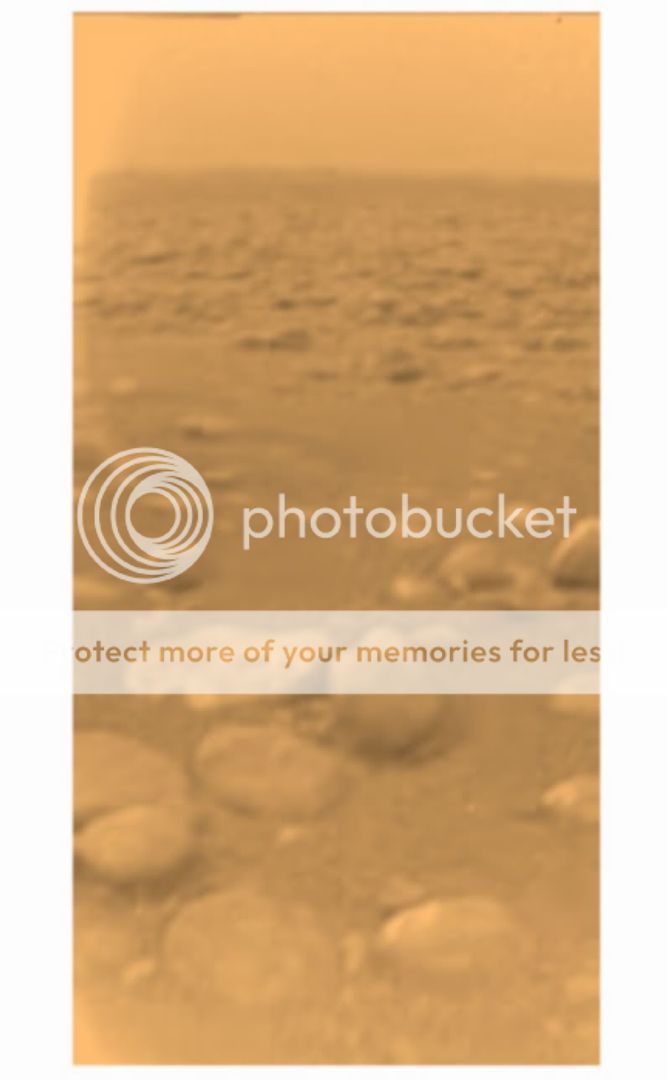I agree 100% with you A-L-P. Excellent rendition of a potential future crewed mission to Titan.
Also great topic nimbus, thank you for starting this thread.
Well, let's see. Saturn orbits the Sun at approx 9.58 AU, so 9.58 x 9.58 = 91.78. So therefore Titan of course orbiting Saturn receives approx 1/92th the amount of sunlight Earth does assuming clear skies.
Solar constant at Earth & Moon approx 1,320 watts per square metre (sun at Zenith). So at Titan 1,320 / 91.78 = 14.38 watts per square metre, once again assuming clear skies, wth the Sun at zenith, like Enceladus or Dione for instance.
Given the haze & clouds it is pretty dark even during the day.
The surface images returned by Huygens were from cameras deliberately designed for very low lighting levels, so the image below from Huygens in Shangri-La on Titan, near the centre of the hemisphere of Titan that permanently faces away from Saturn is very much brighter than a human being would see. Not to metion it was minus 180 Celsius / 93 Kelvin.
Below is the same view but darkened by me to only 1.09% as bright (contrast is unaltered though), actual lighting on Titan assuming 9.58 AU from the Sun.
Andrew Brown.







